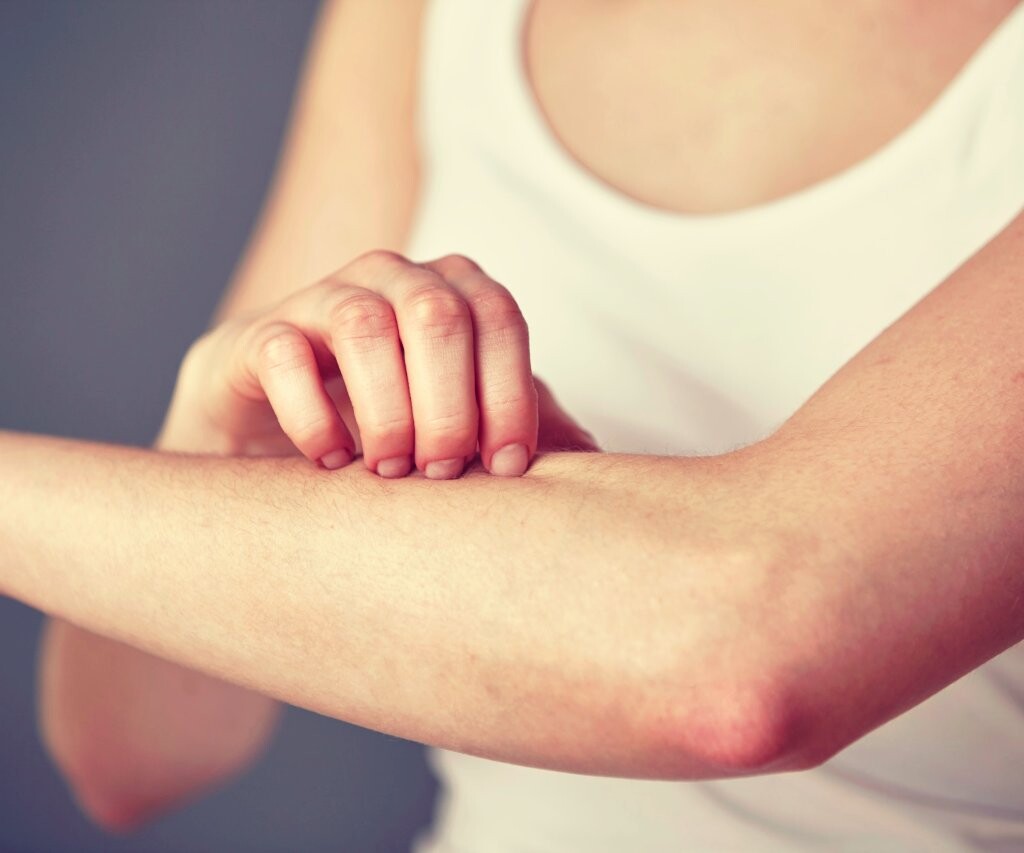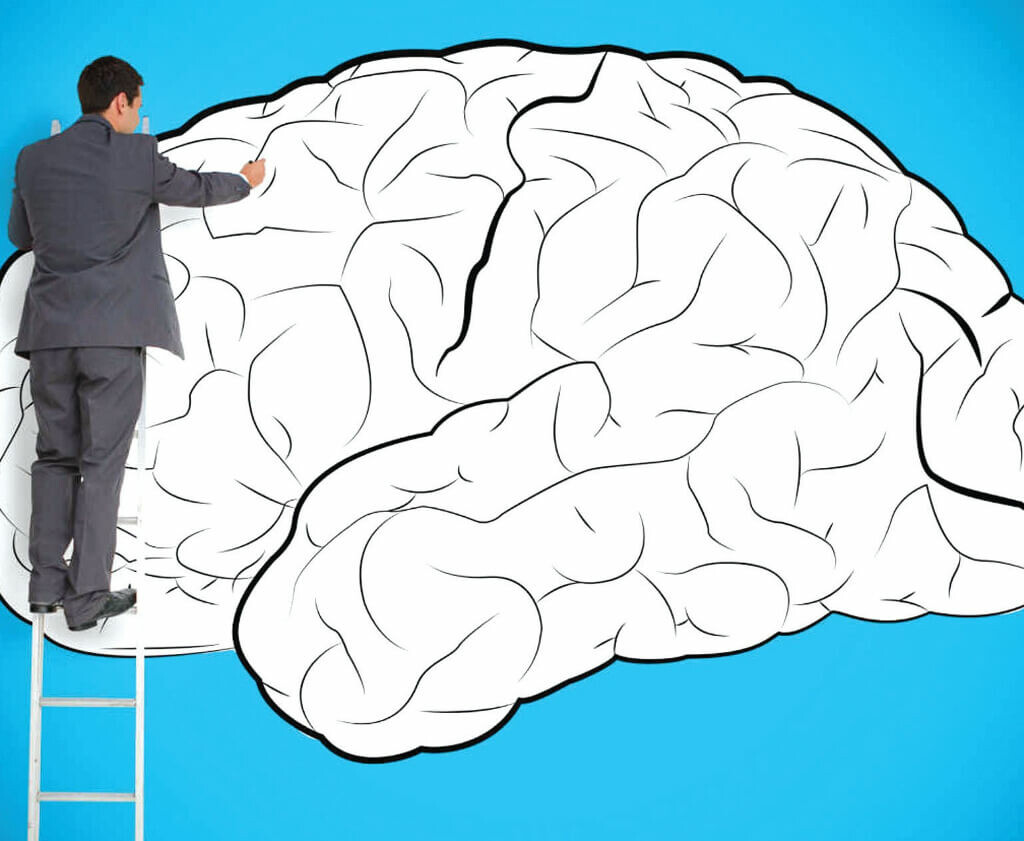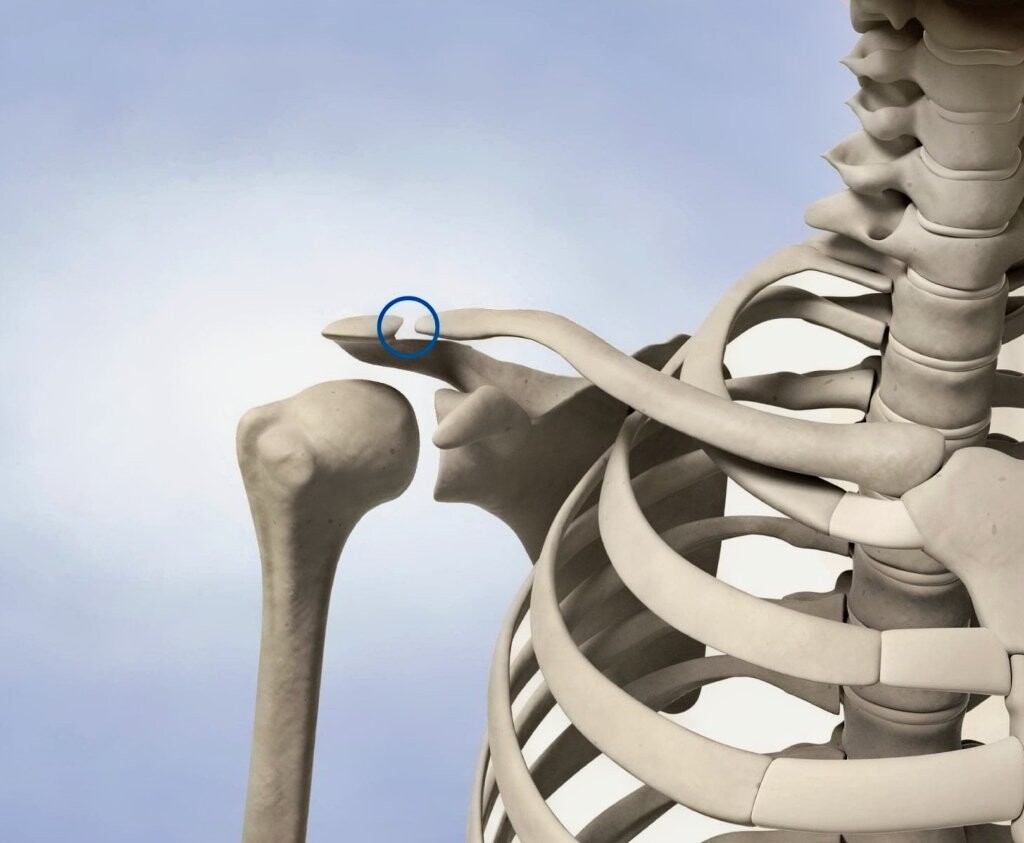Is there a biological explanation for why our skin is the largest organ in the body? Yes, the skin is a sensitive organ with many nerve endings that not only senses wind, sunlight and rainfall but also aids in the perception of many emotional emotions and serve as a barrier between you and others.
Typical skin disorders according to Biodescodificación
It is the conduit of concerns to be addressed on all fronts. It serves as a reminder of the years we have lived and as a symbol of the footprints, we have left on life’s journey.
Every line, blemish and a scar on our skin is a summary of an era, a relationship and both joy and pain.
The dermis and epidermis represent both the joyful moments of contact with others and the difficult moments of separation, loss of a loved one, disappointment and abandonment. Because we feel through the skin, it does not forget and, as a result of this need, the skin has an enormous cerebral cortex.
The outside: our initial parchment
To remember our errands and friends’ phone numbers, we used to write them on our hands as children. We also used to write the names of people we loved and coveted on the skin of our arms. We did it with ink!
Obsessions that seemed to last forever would turn into blurry smudges as time, soap and water erased the remnants.
To help us pass our school exams, we would draw those “accordions” on the palms of our hands, but when sweat erased them, they almost always disappeared from memory. But in those moments, our skin – the book of our needs – became a delicate and brittle diary.
Our skin serves as a parchment on which our existence is summarized, as we write on our body and time leaves permanent marks on us. It is literature dense in memory, totally symbolic and one that can only be understood in the first person.
It is a collection of monologues that together form the one book that is our life.
We write repeatedly and endlessly: “Yes, I have lived” on the skin.
Seven skin disorders and the biological problems they cause.
Acne
Acne is the appearance of pimples, blackheads and red, swollen spots on the skin that resemble cysts in the sebaceous gland.
It most commonly affects adolescents and young adults (approximately 80% have experienced it at some point in their lives), who place great importance on their physical appearance and aesthetics.
Biological conflict of acne
Conflict of aggression, concern for the face or physical integrity, defense against aggression, or an effort to be attacked by a predator. Inflammation of the sweat gland occurs in acne vulgaris when there is a conflict between appearance, dirtiness, or the feeling of contamination.
Atopic dermatitis
Atopic dermatitis is a long-lasting or chronic skin condition that can affect any part of the body, including the scalp, face and chest.
It arises as a result of scaly, constantly itchy, swollen and red rashes. When the separation problem is overcome, the responses become evident.
Biological conflict of atopic dermatitis.
Separation conflict indicates the desire or reluctance to have skin contact with a loved one, family members, close friends, or an animal. You can learn more about the specific conflict to be resolved by observing the part of the body that is affected:
The abdomen, chest, inner arms and inner legs are affected (meridians, Yin). To prevent them from going away, we embrace with the inner arms and legs and hold our bodies very close to each other in the chest and abdomen.
Affection in the Yang meridians of the following areas of the body: the back, buttocks, elbows, wrists, knees and outer sections of the ankles. To push them away, unwanted persons or objects are pushed away with the elbows, fists, shins, or knees.
Head. It is questioned whether it is in the agreement or linked with the beliefs professed, the knowledge possessed, etc.
The bad mood in the face usually, is an investigation of “appearance” or “image”. When they were young, it was the absence of affection from their parents or other primary caregivers (guardians).
Example:
When a young person is removed from their parents and perceives the separation as abrupt or strong. When children start school or daycare, they find themselves in this situation because what they crave most is physical contact from their parents or significant others.
The separation is “resolved” and the child returns to his or her parents and home, with toys, rooms, objects, etc. As soon as the child “resolves” the separation, eczema or dermatitis begins to manifest.
You can create something that the child and parents wear together and have built together if the child experiences separation anxiety, especially if it is from their parents. Some examples are a bracelet, a ribbon, something for the hair, etc.
The bracelet will serve as a common thread and represents a strong relationship between the people wearing it. If you move and change schools, you can do the same with your classmates or anyone you feel estranged from…




